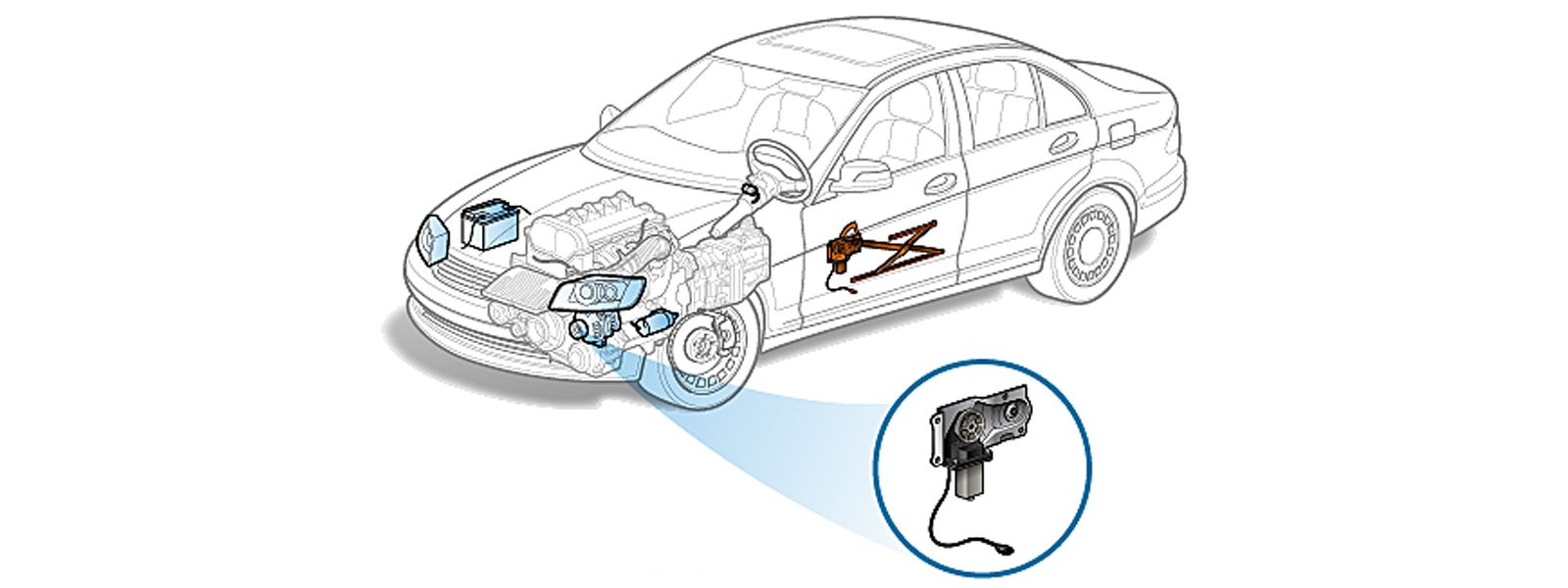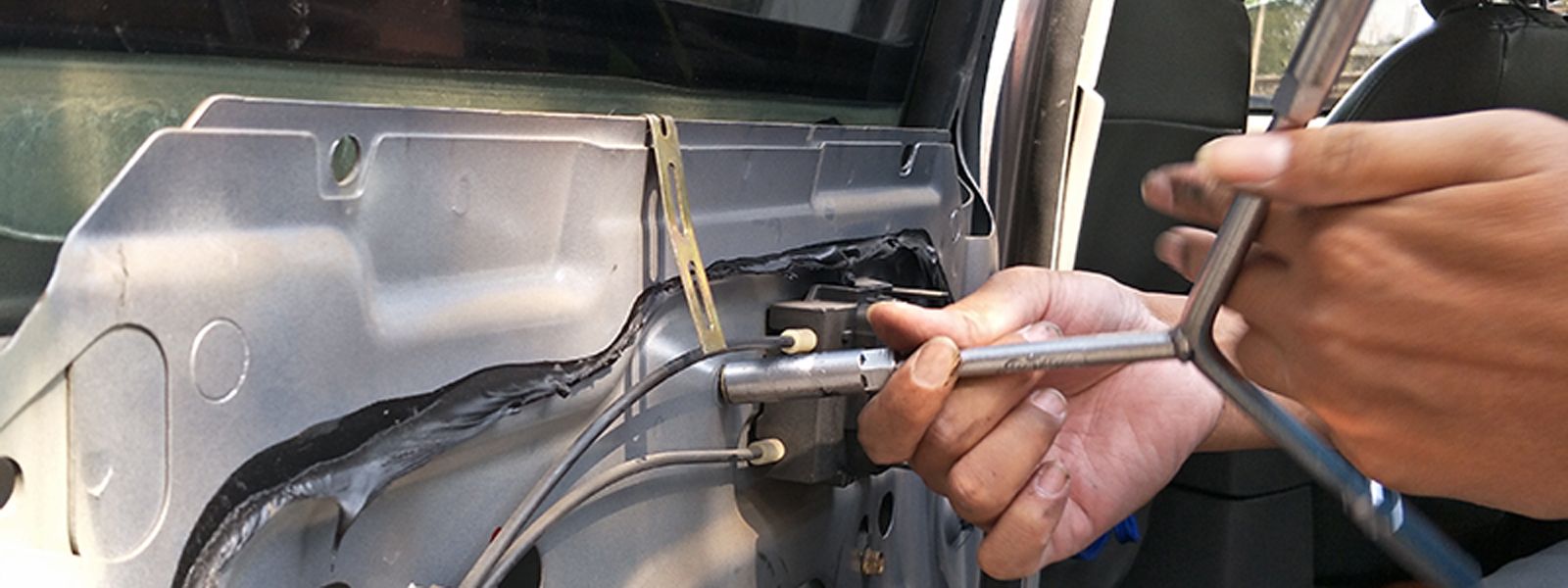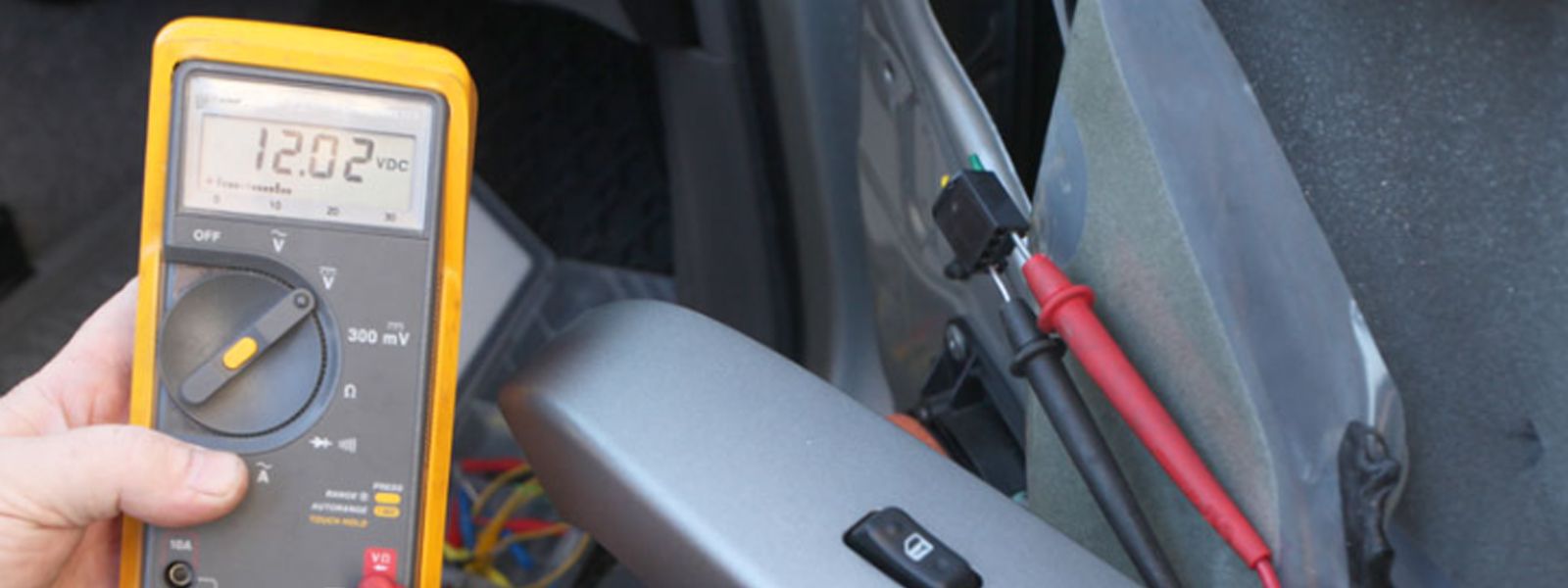
What’s the Differences Between Window Motors and Regulators

Other than the obvious uses for comfort, your power windows are a safety item used to get out of your car in the event of an emergency. They need to work reliably, and that depends on the window motor and the regulator working as they're designed to.
The power window motor and regulator collaborate to enable your windows to be raised and lowered at the push of a button. When one of these components malfunctions, you may face a repair process lasting a couple of hours, with part costs ranging from approximately $50 up to over $300, or even higher for certain vehicle models. Recognizing the differences between the window regulator and the motor can help you pinpoint common problems and address the root cause. We'll guide you through that process.
The function and operation of window regulator
The window regulator is a critical mechanical component that controls the raising and lowering of a car's windows. Its primary function is to convert the rotational motion of the window lift motor into the vertical movement of the window, allowing the driver or passenger to conveniently and precisely adjust the window positions.
When the window button is pressed, it sends a signal to activate the window lift motor, which then engages the window regulator located within the door panel. The regulator utilizes a series of gears and linkages to translate the motor's rotational motion into the desired vertical movement of the window.
Window regulators come in two main types: manual and power. Manual regulators are operated by a hand crank, while power regulators are activated by an electric motor, the more common design. Power regulators employ various mechanisms, such as scissor-type arms, cable drums, or Bowden cable systems, to effectively convert the motor's motion into the window's movement. Regardless of the specific mechanism, the window regulator provides the essential function of raising and lowering the car's windows in response to the user's input, enhancing the overall driving experience.
The function and operation of a window motor
The power window motor in your vehicle is responsible for the automatic operation of your windows. When you press the window button, it sends a 12-volt current to the motor, with the polarity reversed to move it in the opposite direction. The motor then converts this electrical signal into mechanical energy, which drives a set of gears connected to the window regulator. This action ultimately causes the window to move up or down.
Differences between window regulators and motors
The window regulator and the window lift motor are two distinct components that work together to control the raising and lowering of a car's windows. While they have a close relationship in their operation, there are some key differences between them:
Function:
Window Regulator: The regulator's primary function is to convert the rotational motion of the motor into the vertical movement of the window.
Window Motor: The motor's function is to provide the rotational force that activates the regulator, enabling the window to move up and down.
Mechanism:
Window Regulator: The regulator uses a series of gears, linkages, and other mechanical components to translate the motor's motion into the window's movement.
Window Motor: The motor is an electrical component that generates the rotational force required to power the regulator.
Location:
Window Regulator: The regulator is typically located within the door panel, close to the window itself.
Window Motor: The motor is often housed separately, either in the door or in a different location within the vehicle, and is connected to the regulator.
Failure mode:
Window Regulator: If the regulator fails, the window may not move at all or may not move smoothly, even if the motor is functioning properly.
Window Motor: If the motor fails, the regulator will not receive the necessary rotational force, preventing the window from moving.
In summary, the window regulator and the window lift motor work in tandem to control the window's movement, with the regulator translating the motor's rotational force into the vertical motion of the window. Understanding the differences between these two components is important for diagnosing and troubleshooting any issues related to the window's operation.
Common issues with window regulators and motors
Window regulators and motors can experience a variety of common issues that can affect the proper functioning of a car's windows. One of the most prevalent problems with window regulators is broken or worn-out gears and linkages, which can cause the regulator to bind or fail to move the window smoothly. Loose or damaged mounting can also lead to misalignment and improper window movement, while issues with the cable or track that the regulator uses to move the window can result in the window becoming stuck or not moving at all. Corrosion or lack of lubrication over time can also contribute to reduced functionality.
When it comes to window lift motors, motor failure is a common issue, as the motor can simply stop working due to electrical or mechanical problems. Wiring problems that connect the motor to the vehicle's electrical system can also cause the motor to malfunction or not receive power when the window switch is pressed. Overheating, often due to excessive use or operation in high-temperature environments, can lead to motor failure, as can internal issues with the motor's gears or bearings.
In some cases, compatibility and synchronization issues between the regulator and motor can also cause problems with the window's operation. If the two components are not properly matched or become out of sync, the window cannot move smoothly or not reach its full range of motion.
Addressing these common issues may require repairs, replacements, or adjustments to the window regulator, the window lift motor, or both components, depending on the specific problem.
Symptoms of bad window regulators or motors
- Window sticking or not moving:
If the regulator is damaged or the mechanism is malfunctioning, the window may not move smoothly up or down, or it may not move at all. This can also occur if the window lift motor has failed, as the regulator will be unable to receive the necessary power to operate the window.
- Window movement inconsistency:
The window may start moving normally, only to suddenly bind or stop altogether. This often points to worn or damaged components within the regulator, such as gears or linkages that have deteriorated over time.
- Unusual noises:
Unusual noises emanating from the door panel, like grinding, squeaking, or clicking sounds, can also signal problems with the regulator's moving parts. Similarly, a malfunctioning motor may produce unusual whirring or buzzing noises.
- Partial window movement:
Partial window movement, where the window only travels part of the way up or down rather than its full range of motion, can be caused by issues with the regulator's cable, track, or other components that restrict the window's movement.
- Window dropping unexpectedly:
This is often the result of a broken or worn-out regulator component, such as a gear or cable. Lastly, suppose the window controls (buttons or switches) do not seem to be activating the window movement. In that case, the problem may lie with the vehicle's electrical system or wiring, rather than the regulator or motor itself.
Recognizing these common symptoms can help diagnose whether the issue is isolated to the window regulator, the window lift motor, or a combination of both components. Addressing these problems promptly is crucial to ensure the safe and reliable operation of a vehicle's windows.





















